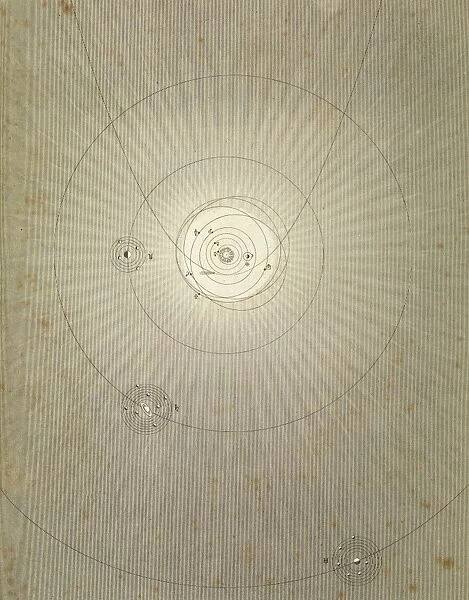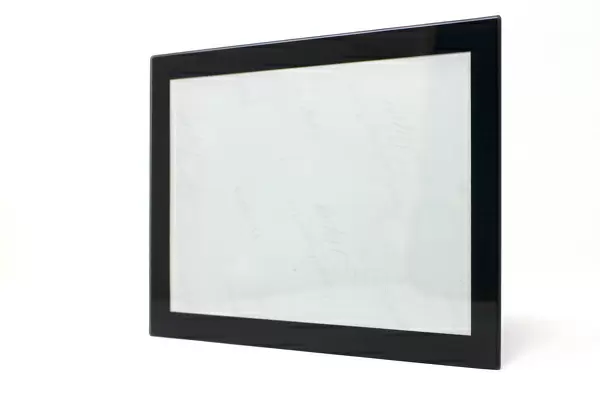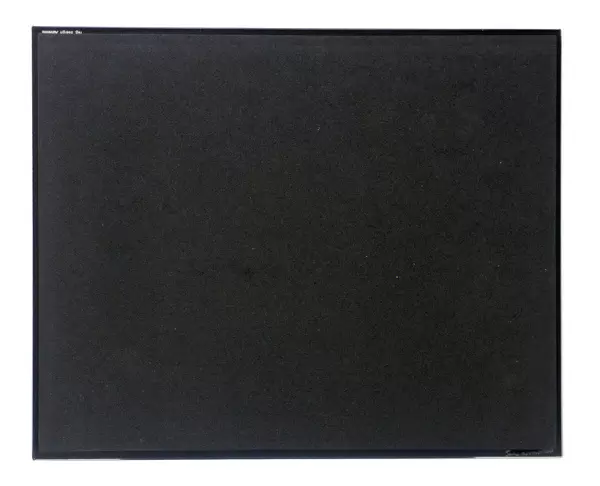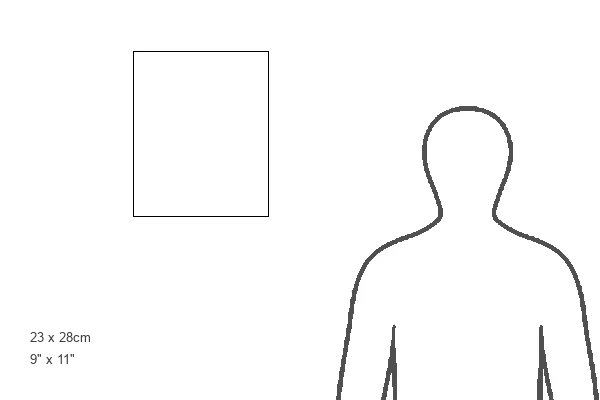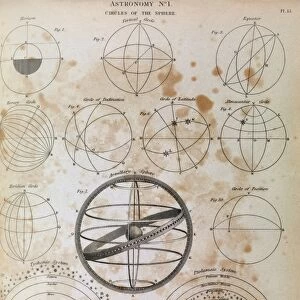Glass Place Mat : Solar system diagram, 1823 C017 / 8059
![]()

Home Decor from Science Photo Library
Solar system diagram, 1823 C017 / 8059
Solar system diagram, 19th century. This diagram shows the Sun (centre) and the orbits and astronomical symbols of the planets and major asteroids, with a comet (parabolic orbit). The inner planets are: Mercury, Venus, Earth (and its Moon) and Mars. The outer planets are Jupiter (centre left, four moons), Saturn (lower left, rings and seven moons) and Uranus (lower right, six moons). Neptune was not discovered until 1846. The asteroids and dwarf planets (clockwise from upper left) are: Juno (1804), Vesta (1807), Pallas (1802), and Ceres (1801). This page is from Universal Technological Dictionary (1823) by British author George Crabb (1778-1851)
Science Photo Library features Science and Medical images including photos and illustrations
Media ID 9210575
© MIDDLE TEMPLE LIBRARY/SCIENCE PHOTO LIBRARY
1823 Asteroid Asteroids Book Celestial Mechanics Ceres Comet Diagram Dwarf Planet George Crabb Inner Planets Juno Jupiter Mars Mercury Moon Moons Orbiting Orbits Page Planetary Science Planets Publication Saturn Solar System Star Universal Technological Dictionary Universe Uranus Venus Vesta Outer Planets Pallas
Glass Place Mat (Set of 4)
Set of 4 Glass Place Mats. Stylish and elegant polished safety glass, toughened and heat resistant (275x225mm, 7mm thick). Matching Coasters also available.
Set of 4 Glass Place Mats. Elegant polished safety glass and heat resistant. Matching Coasters may also be available
Estimated Image Size (if not cropped) is 19.8cm x 25.4cm (7.8" x 10")
Estimated Product Size is 22.5cm x 27.5cm (8.9" x 10.8")
These are individually made so all sizes are approximate
EDITORS COMMENTS
This 19th-century solar system diagram, captured in a monochrome print, takes us back to a time when the mysteries of the universe were still being unraveled. Created by British author George Crabb in his renowned publication Universal Technological Dictionary (1823), this illustration showcases the celestial wonders that fascinated astronomers of that era. At its center lies our radiant Sun, surrounded by an intricate web of planetary orbits and astronomical symbols. The inner planets Mercury, Venus, Earth (accompanied by its faithful Moon), and Mars are depicted closer to the Sun's embrace. Further out, we encounter Jupiter with its four moons dancing nearby, Saturn adorned with its magnificent rings and seven moons, and Uranus accompanied by six loyal satellites. Interestingly, this historical diagram predates Neptune's discovery in 1846; hence it is absent from this visual representation. Additionally, it features notable asteroids Juno (1804), Vesta (1807), Pallas (1802), and Ceres (1801) positioned clockwise from upper left. As we gaze upon this artwork from centuries past, we are reminded of humanity's enduring fascination with space exploration and our relentless pursuit to understand the vastness of our cosmos. This remarkable piece serves as a testament to both scientific curiosity and artistic expression intertwined within the pages of history.
MADE IN THE UK
Safe Shipping with 30 Day Money Back Guarantee
FREE PERSONALISATION*
We are proud to offer a range of customisation features including Personalised Captions, Color Filters and Picture Zoom Tools
SECURE PAYMENTS
We happily accept a wide range of payment options so you can pay for the things you need in the way that is most convenient for you
* Options may vary by product and licensing agreement. Zoomed Pictures can be adjusted in the Basket.


